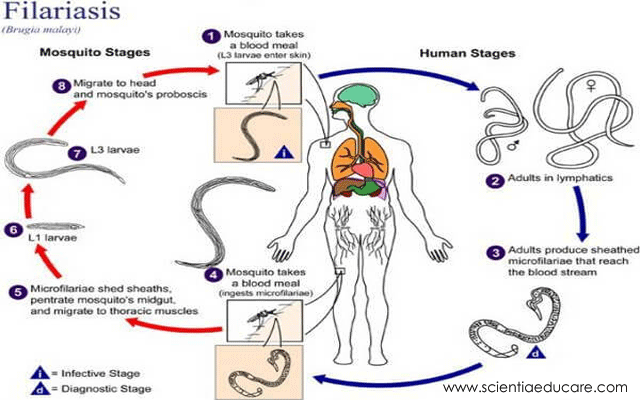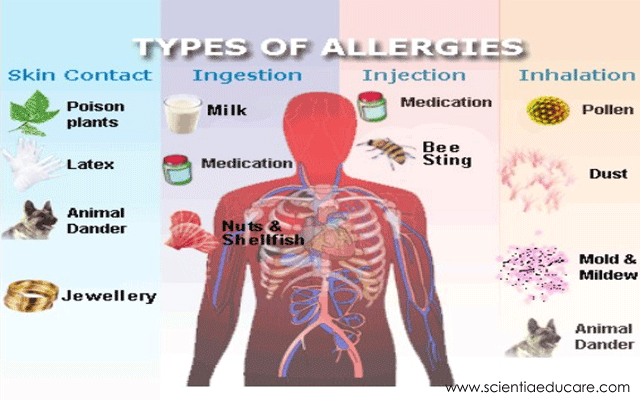
Filariasis
Symptoms of filariasis are dependent on species and body type and can be acute or chronic in nature. Up to 70% of infected individuals remain asymptomatic. Symptoms usually do not manifest until adolescence or adulthood, when worm burden is usually the highest. Several variations have been observed. [32]
Because cases of filariasis in the industrialized world and the Western Hemisphere are uncommon, the diagnosis may initially be missed. To avoid this pitfall, obtain and document a travel history from patients with suspicious lesions.
Lymphatic filariasis
The clinical course of lymphatic filariasis is broadly divided into the following:
Asymptomatic microfilaremia – Patients with microfilaremia are generally asymptomatic, although those with heavy microfilarial loads may develop acute and chronic inflammatory granulomas secondary to splenic destruction; passage of cloudy, milklike urine may denote chyluria
Acute phases of adenolymphangitis (ADL)
Chronic, irreversible lymphedema
Lymphatic filariasis symptoms predominantly result from the presence of adult worms residing in the lymphatics. They include the following:
Fever
Inguinal or axillary lymphadenopathy
Testicular and/or inguinal pain
Skin exfoliation
Limb or genital swelling
The following acute syndromes have been described in filariasis:
Acute ADL
Filarial fever – Characterized by fever without associated adenitis
Tropical pulmonary eosinophilia (TPE)
Filariasis
Pathogen : Filarial worm (Wuchereria bancrofti)
Mode of transmission : Bites of mosquitoes – Aedes and Culex.
Symptoms
(i) Fever
(ii) Collection of endothellial cells and metabolites in the wall of lymph vessels.
(iii) Swelling takes place in certain parts of the body like legs, breasts, scrotum,
etc.
(iv) Swelling of legs which appear as legs of elephant, so this disease is also called
elephantiasis (Fig. 28.1)













